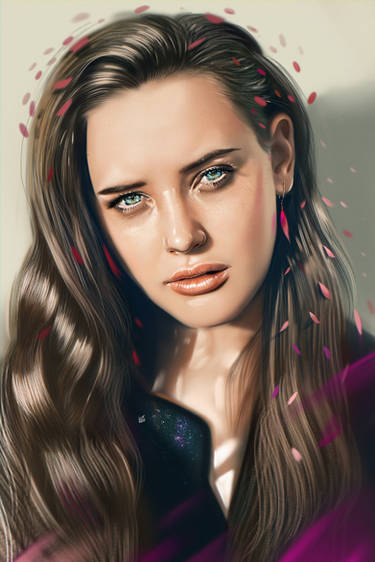Hello people,
I've been asked many times about how to draw or paint and where to find tips and tutorials about it.
I, as a self-taught artist, have struggled a lot trying to learn and understand how to draw well and do digital painting. So I decided to put on a series of journals on this topic providing tips and resources, hoping that it can be useful for anyone who is willing to become an artist.
This series focuses mainly on digital art, but most of the principles can be applied to traditional art as well. This is not a training course, so please don't expect me to give you an in-depth look to it. Just take it as a collection of resources.
I have found most of what I've learned on YouTube and the internet, therefore I will provide many links to pages and channels related to what I'm talking about.
Part II: Starting Up
I started drawing with a mechanical pencil on my school diaries and on copy paper (mostly Iron Maiden album covers Heavy Metal rulez!).
You don't need any expensive tool in order to start drawing, just a pencil, some paper and the will to do it.
Then comes the question: "Ok, I have a pencil and a piece of paper, what do I draw now?"
Think at something you like, find a picture or a comic book and draw what you see.
One of the most common mistakes of people wiling to draw is draw only by imagination: that's very hard to do! Drawing by imagination requires a very precise memory of what you are going to draw, you need to know perfectly every detail of a car, or every feature of a face, not to mention creating something that doesn't even exist in reality!
Therefore, if you're starting now, don't expect to draw from imagination, try to copy something you like and then see how it comes out (I said COPY not TRACE!).
At first maybe you will find difficult to keep the proportions correct, or put accurate strokes on paper.
Well, learning to draw requires time and mistakes. You need to train your eyes and your muscles as well.
Here's some videos on how to train your eyes and arm in order to become more accurate:
Drawing Exercises
Dynamic Sketching I With Peter Han
Dynamic Sketching II with Peter Han
Here's some short videos on tips for drawing:
10 minute drawing techniques Episode 01
How to Practice Drawing
And if you try to browse the channels above you'll certainly find some more interesting material to start off.
I said this was a series about digital art, but as you see until now we didn't need any digital medium.
Just one tip: if you want to learn to draw digital, please don't use a mouse! It's the worst way you can draw, it's painful, you don't have any kind of control over your strokes and you are not training your muscles correctly. So please, do yourself a favor: go buy a graphic tablet, even a crappy one would be far better than drawing with a mouse.
Of course there are many different tablets on the market and if you can afford a very expensive one I would suggest you to go with a Wacom Cintiq, but it's not strictly necessary. If you're on a low budget even a Wacom Bamboo or similar could do the work, just don't go with the smaller ones, but go instead with the medium sized ones.
Many professional artists actually use a Wacom Intuos graphic tablet.
If you find this helpful, please +watch me, +fav this journal or just leave a comment below.
Any feedback is appreciated.
And if you have questions, please write them in a comment below and I could post a journal of Q&A at the end of the series.
Stay tuned!
Previous journal entries:
Becoming a Better Digital Artist - Part I: Introduction



